Introduction
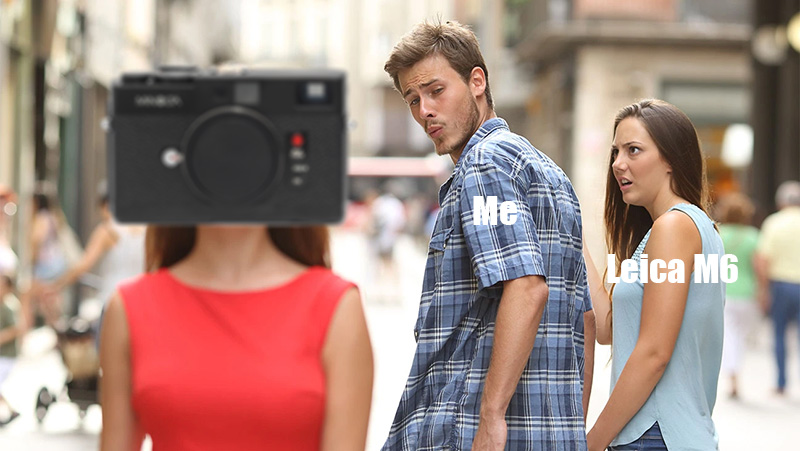
If you followed my Analogue Adventures over the past year you probably noticed I have been shooting quite a bit of 35mm film lately. Doing that, I discovered things I like as well as things I don’t like. Either way, I decided to continue with these Analogue Adventures as I think there is still a lot to be learned for me, but I also decided to get a second analogue camera with M-mount for doing that.
Why a second analogue body?
As I mainly use prime lenses I am already used to going out with two cameras at the same time, I have been doing the same with digital for years. It is simply faster just grabbing a different camera from the bag than constantly changing lenses and some of my M-mount lenses are also a bit “delicate”, which makes changing them somewhat more bothersome.
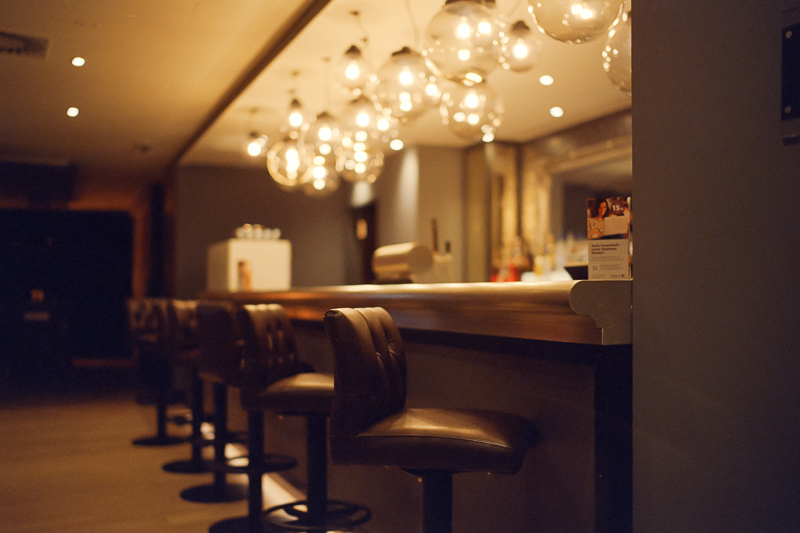
And then there was another issue: with just one analogue camera you only have one ISO available at any given time. This is clearly something that bothered me, so with two cameras I will most likely load one camera with a slower film and the other with a faster film, giving me some added flexibility.
Requirements for the second camera
My Leica M6 was expensive to begin with, in addition to that it needed an expensive initial repair – the warranty it came with was useless, as the shop’s repair guy only went to Youtube-University – and the next repair is already around the corner (possible light leak when changing lenses I discovered on my Istanbul trip).
Long story short: I set myself a limit of 1000€ this time, which already ruled out all the Leica M-series cameras (with exposure meter) as well as the Zeiss Ikon ZM.
I was also looking for a lighter and possibly smaller camera. The Leica Ms feel nice in the hand, but they are not exactly lightweight.
The options
Already the first time I was looking for an analogue camera with M-mount I had a look at all the possible options, or at least I thought so, as I did in fact discover another camera I didn’t have on the list before: the Zeiss Ikon SW (SW = SuperWide). At first sight this looks like a Ikon rangefinder camera, but it comes without an actual rangefinder. It has the Ikon ZM electronics and technology (aperture priority, exposure meter, electronic shutter curtain) and build quality, but it lacks a rangefinder window, so you need to resort to zone focusing. It is also available for a third of what a normal Ikon ZM is going for.
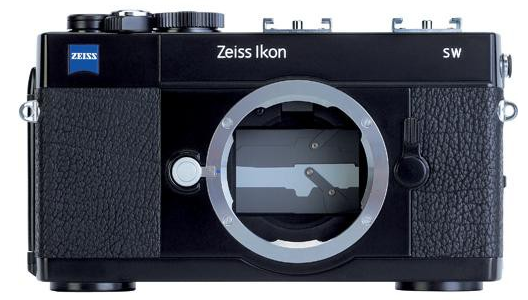
I almost bought one. I like wide angle photography so I considered using it with my 15-24mm M-mount lenses, but then it wouldn’t really be usable with any lenses longer than that, so in the end I didn’t. But what other options were left?
- Voigtländer Bessa
Last time I ruled those out because of their design and questions about their build quality. Nothing has changed here. There are many different versions available though, the Bessa L for example is a cheap and ugly copy of the Zeiss Ikon SW, I could have even bought one for as little as 120€, which makes spending 700€+ for an Ikon SW rather questionable. - Konica Hexar RF
Sometimes they are a bit more expensive than the 1000€ I set as a limit, but the real issue here is that these are completely impossible to get repaired if anything breaks. No one in Japan can repair these, my favorite repair guy from Amsterdam cannot repair them either and because there have only been a few made it is also difficult to find an affordable donor body for parts. - Leica CL
Last time I ruled it out because of the limited choice of framelines (they are only available for 40, 50 and 90mm lenses). Now I want to add that I find it very ugly with the shutter dial on the front and the positioning of the strap attachments. Loading film is also a bit bothersome. It should not be dismissed that this is one of the smallest and cheapest M-mount cameras though. - Minolta CLE
I was strongly considering this one last time, but ultimately ruled it out because I wanted a mechanical camera and one with all the typical framelines – especially 35mm – not just 28/40/90mm.
The Minolta CLE
With the M6 I already have a mechanical camera with 35mm framelines, so this time I decided to get the Minolta CLE.
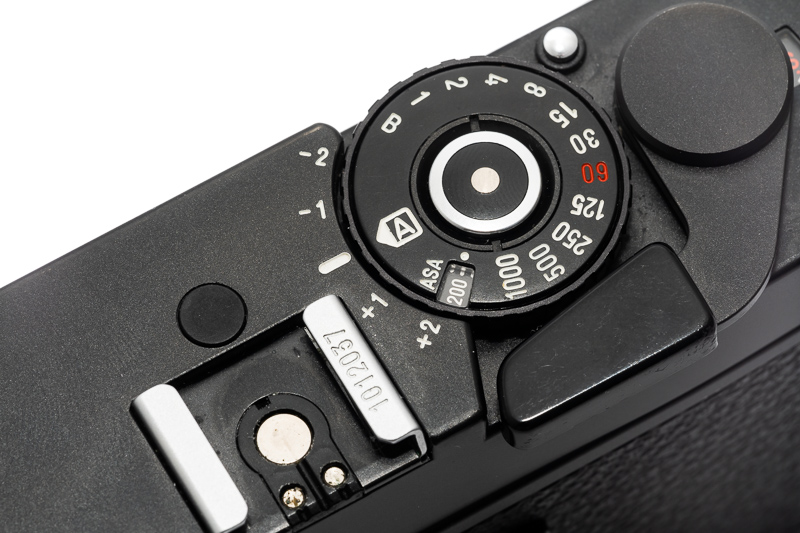
A few things – good and bad – worth noting about this camera:
- it has an electronic shutter
- it has 28, 40 and 90mm framelines
- it has an on/off switch and won’t do much without batteries
- with film it is only 400g
- meter only works in aperture priority, not manual mode
- the rangefinder doesn’t work with some bigger lenses that obstruct the rangefinder window right on top of the bayonet
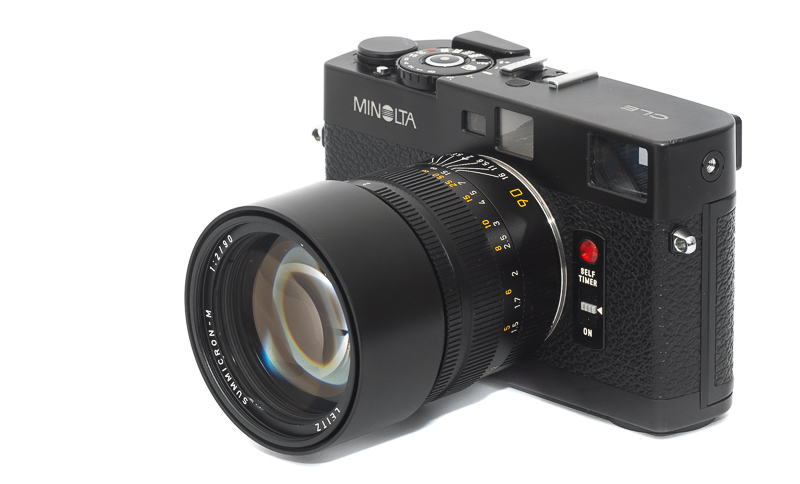
It also looks like a decently designed camera to my eyes, not something put together from leftover spare parts (looking at you, Leica CL and all the Bessas).
Condition of the Camera
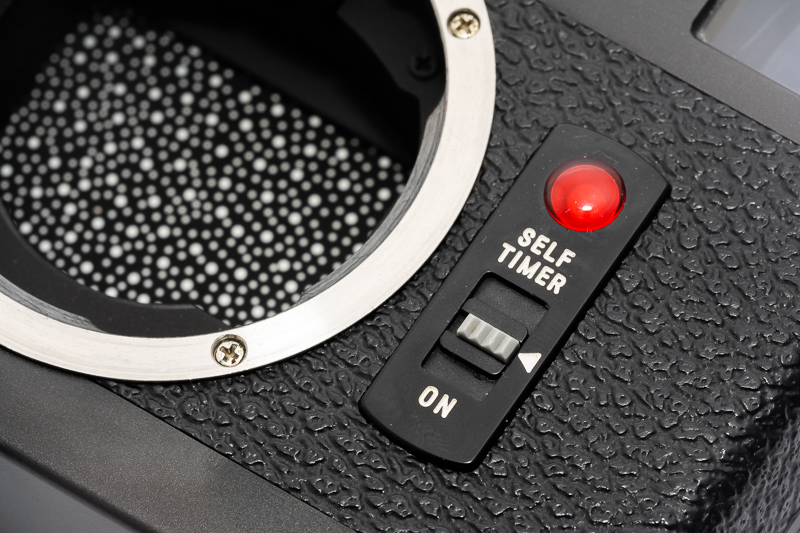
Many CLEs I came across showed yellowed writings, especially on the front, I ruled all of those out from the start.
I didn’t come across a good offer from a dealer (and the warranty of the M6 was a bit worthless to begin with) so I took the potentially higher risk and bought the CLE from a private seller from Italy on eBay this time. Buying a camera which is more than 40 years old, you never really know what to expect, so I am happy to report, that:
- all electronics seem to work without issues
- rangefinder infinity calibration is spot on
- outer appearance looks clean and good
From the listing’s pictures it was also noticeable that the light seals are in bad condition, so I ordered a light seal replacement kit from eBay as well.
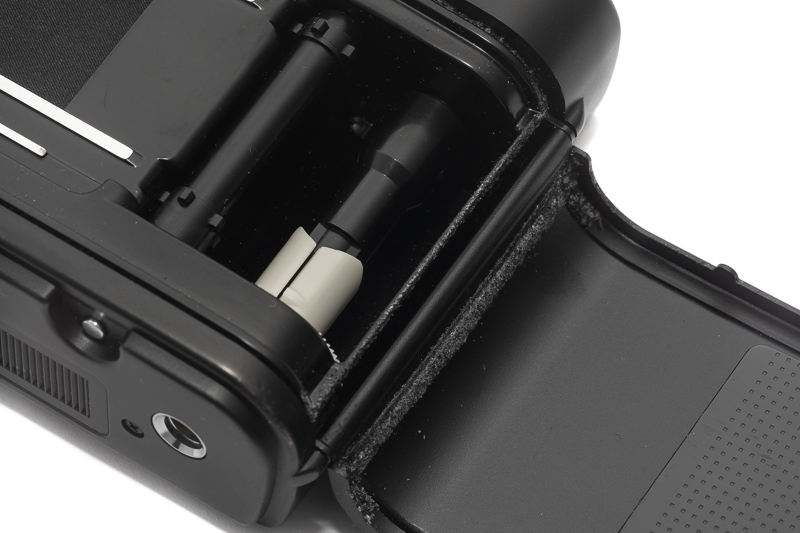
I thought I have been scammed here as it took forever for this kit to arrive and the seller wasn’t responsive at all, so I cut my own replacements out of DC-fix (affiliate link) I still had lying around:
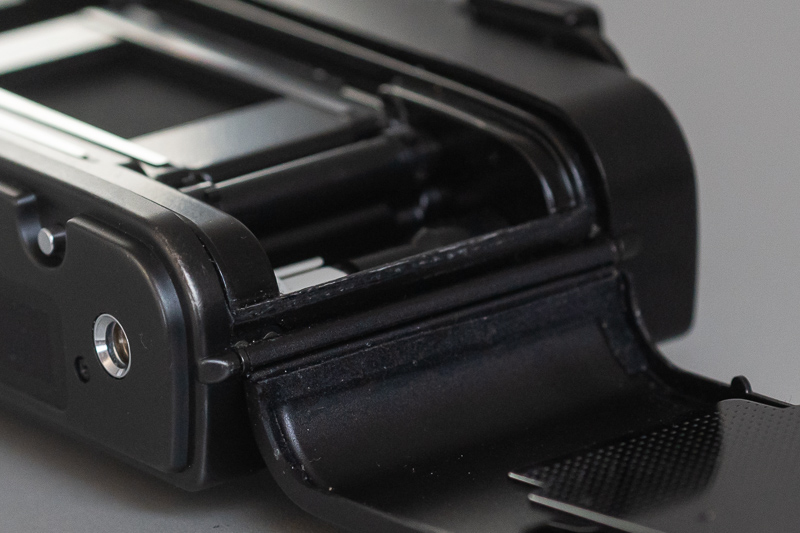
First Pictures
Before actually going somewhere with this camera I again exposed a roll of film to see if the shutter times and the rangefinder coupling are working properly. And I also needed to see how 35mm and 50mm lenses work considering the lack of framelines for them.

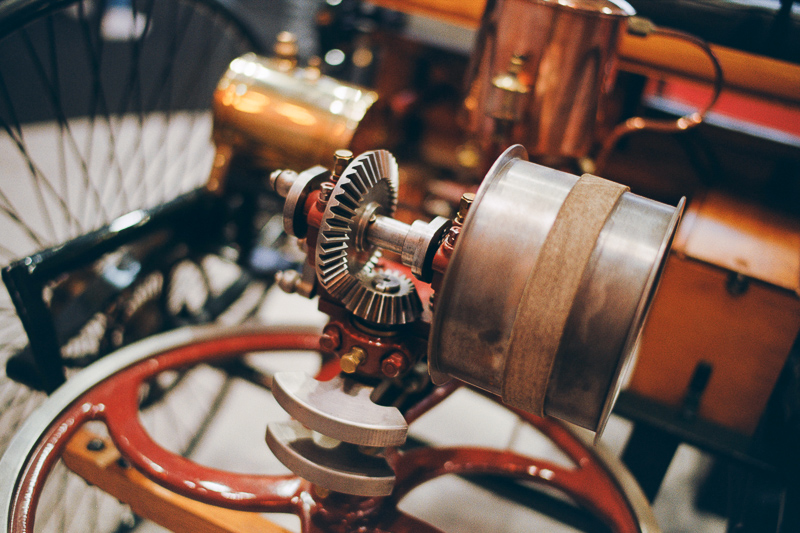
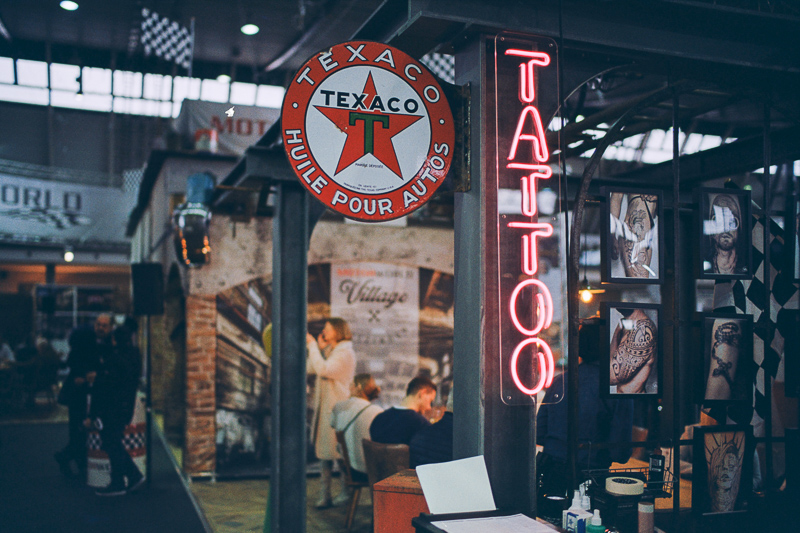
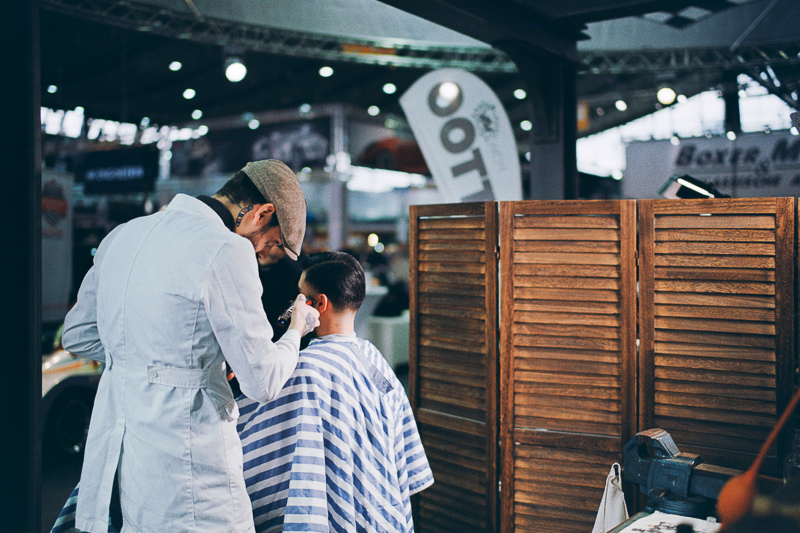
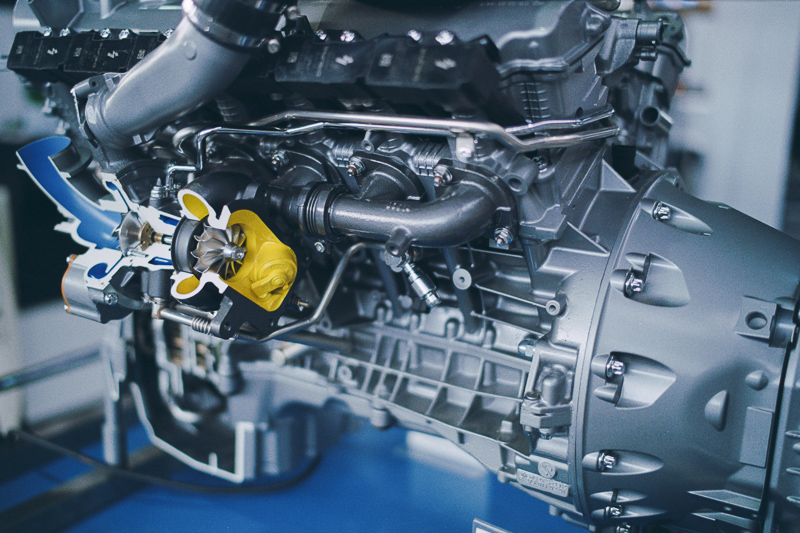
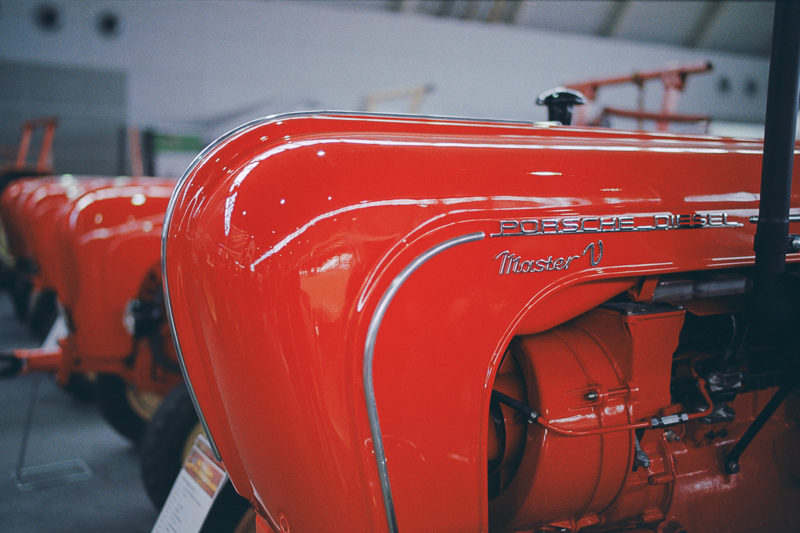
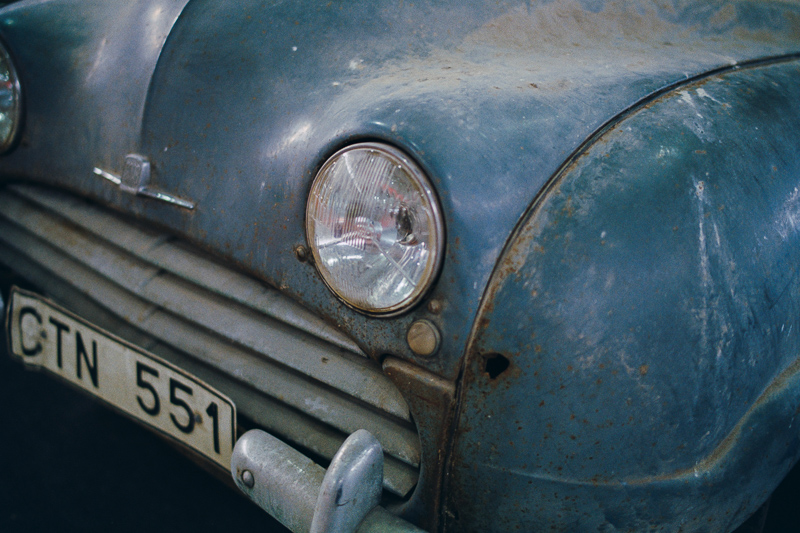
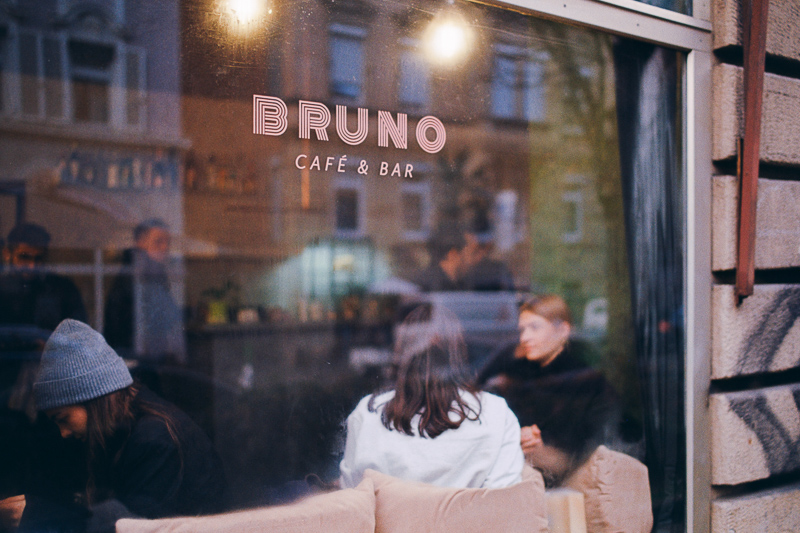
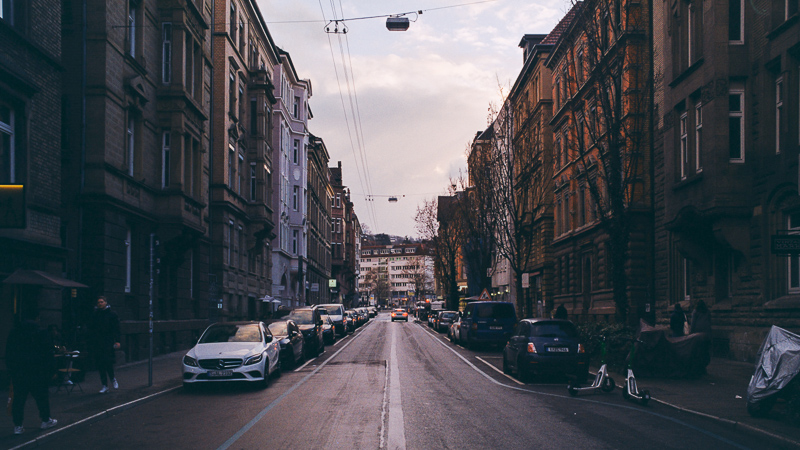
The lack of framelines for 35mm lenses did bother me quite a bit – not a big surprise – but because the Voigtländer VM 35mm 1.2 III Nokton is almost as heavy as the Minolta CLE itself, it also doesn’t balance exactly great, so I decided to import a Voigtländer VM 40mm 1.4 Nokton Classic from Japan – the cheapest 40mm M-mount option and a very compact one.
Further Reading
- Analogue Adventures Landing Page
- Sony FE lenses: Our guide to portrait lenses from 85 to 135mm
- What makes a picture good?
- Lens aberrations explained
- Get all the latest News on our Discord channel
Support Us
Did you find this article useful or just liked reading it? Treat us to a coffee or a roll of film!
![]()
![]()
![]() via Paypal
via Paypal
Latest posts by BastianK (see all)
- Analogue Adventures – Part 46: Fujichrome Provia 400F (expired) - November 19, 2025
- Review: Irix 45mm 1.4 Dragonfly - November 15, 2025
- Review: Nikon 50mm 1.8 Series E - November 12, 2025
Interesting article! I personally looked at the CLE as well but found the pricing to be a bit too high. I went with a Canon P myself as a more budget friendly alternative.
I do like the CLE though. It does look like a very well built and timeless piece.
The Canon P with its M39 mount unfortunately cannot be used with M-mount lenses, which means you are mainly limited to vintage lenses and very few modern M39 Voigtländer or boutique lenses.
You are quite right. Every compromise in this space has downsides. It’s really a tough market, especially in Europe.
good to see this blog get back to it’s Minolta Roots. 😂 kidding aside the CLE is absolutely fantastic.
Regarding the 35mm frame lines: mind that m-rokkor 40 for which the framelines were intended is actually around 37mm Fl, so the difference between actual FOV and what’s shown by frame lines might be actually smaller than you expect (especially considering rather modest magnification which will make this difference even smaller). In any case, I agree that VM35 (and 40!) are too big/heavy for CLE for which ideal lens around this FL is imho the M-rokkor 40 it shipped with 🙂
Those 37mm sound a lot like an urban legend to me, I guess it is more like 40.16:
https://www.photonstophotos.net/GeneralTopics/Lenses/OpticalBench/OpticalBench.htm#Data/DE02222892_Example03P.txt
hm, then maybe the frame lines are not that accurate… At least on my M4P summicron/rokkor give actual image which is closer to what fits 35mm lines than 35mm summaron does.
The CLE with 40mm was the absolut dream Combi in the analog past. along with the 90 and 28mm lens. i had it for many years.
I would not hesitate to spend alot € for digi CLE.
The fuji Xe4 with the 27mm is a fine compromiss.
Q/CLE sized camera with EVF instead of Rangefinder is the “digital CL” people would want instead of that APS-C “CL” Leica came up with.
Very interesting, thanks! I bought a CL a few months ago and fell in love with film 🎞️ after many years of digital photography. I considered the CLE as well, but found no metering in manual mode to be kind of a dealbreaker. I love the manual metering workflow on the CL (spot metering, analog needle, shutter speeds shown inside the VF) and find the vertical shutter speed dial to be quite convenient. I wish it could focus down to 0.7 m though.
“This is a rangefinder camera without a rangefinder.”
WTF? This is writing without a writer. Please try harder.
(Actually I won’t complain too much because I always like to see someone new discover the CLE, a camera I used to own and remember fondly. I gave it up mostly for its lack of metered manual exposure, which wouldn’t be as big an issue today with all the nice shoe-mount meters available…)
Maybe check out what a Zeiss Ikon Super Wide is before acting like you are on a high horse here.
ok, I just checked it out, and I’m with the poster above…it clearly does not have a rangefinder, which is really the only requirement for something to be a rangefinder, so why describe it as such?
Nobody’s on a high horse here – “rangefinder camera without a rangefinder” is a just very confusing way to describe it. I know what the camera is, but I don’t understand what that description means or how it applies to this camera.
Pretty sure 99% of the readers got the joke, but I will make a change so the linguists don’t feel left behind 🙂
Bessa L is a L39 mount body though. Not sure if it’s very comparable to Zeiss Ikon SW. Meanwhile, there’s Bessa T which has M mount and a built-in rangefinder but no viewfinder. T costs more than L but is still one of the most affordable M mount bodies.
I already didn’t check it out thoroughly enough to notice that. Explains the low price.
I’d like to add a note about the build quality of Bessa-T. It has a plastic body. While it doesn’t feel as solid as a metal body, I don’t have any concerns on the quality. I think it’s well made.
Trivia nitpicking: it’s also a little unfair to call Bessa L “a cheap and ugly copy of the Zeiss Ikon SW”. The Bessa L was introduced in 1999 and Zeiss Ikon SW was in 2005. The Bessa L would need a crystal ball to copy the Zeiss Ikon SW 🙂
Excellent choice! I’ve been using a CLE for the last 5 or so years. It’s no Leica but I’m more than happy with it. With the 40mm m-rokkor I hardly notice it’s I’m my bag.
I had a CL and hated it… couldn’t sell it fast enough. But I kept the Leica 90mm lens and am glad I did.
I have the Zeiss Ikon SW and love it. It’s minimalism at it’s most extreme. And it’s not for wide angle only… any lens that has an optical viewfinder works. ( Got a 90mm viewfinder? ) I only shoot b&w, mostly street photos, and a favorite lens to use on this camera is my Russar 20mm. I also like any MS optics lens on it and the Voigtlander 40mm single coated lens ( I bought mine in Japan about a dozen years ago ) is great for b&w.
Metering is simple & fantastic, shots are always spot on ( no pun intended ), and the second shoe for a light meter ( I have the Voigtlander ) is a big plus.
I’ve got a Konica Hexar RF that I use with the 7Artisans 28mm. I love the easy to see 28mm framelines, and you can even easily adjust the rangefinder on the Hexar through a plastic cover on the top. No disassembly needed.
As far as reliability, a bit anecdotal, but it’s been the most reliable camera I’ve had. I’ve had some mechanical cameras jam and get stuck occasionally, but the motorized shutter and film advance on the Hexar never has given me any trouble, even when I’ve used it in snow and ice.
As long as they work those electronic shutters need way less maintenance than the fully mechanical ones.
Fingers crossed!
I got to wonder how well the CLE can handle long exposures. The Hexar treats me well for astrophotography with the 28mm f/1.4, but the max exposure is 8 seconds when shooting in auto mode.
I’ve got a feeling the CLE can make some incredible long exposure shots.
I just purchased the Bessa L bundle with the Skopar 25 f4 and view finder /.in black …hopefully no one will come up to me and say it’s made from cosina left overs //.I thought the camera looked quite nice ..wish me luck
There is always hope 🙂